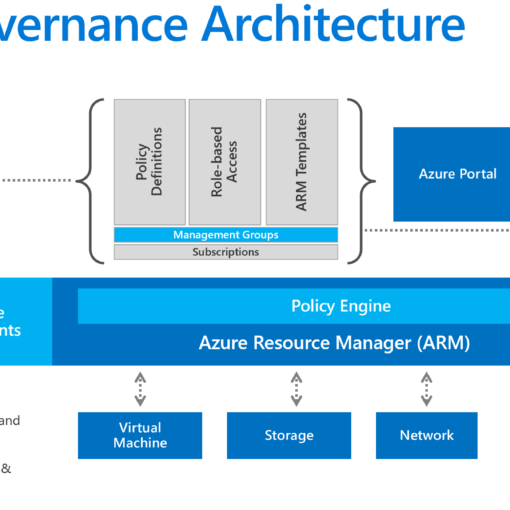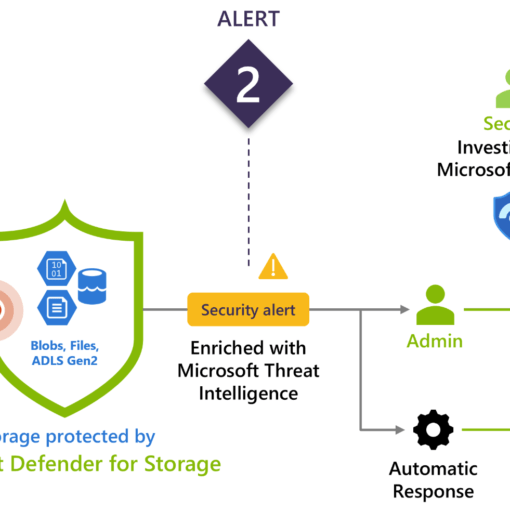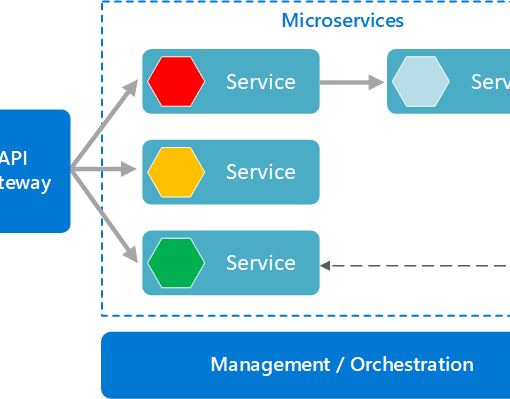In today’s cloud-driven world, containers have become a go-to solution for developers and IT professionals alike. They offer a consistent and portable environment for applications, making deployment easier and more efficient. Azure, Microsoft’s cloud platform, provides several options for running containers: Azure Container Instances (ACI), Azure Kubernetes Service (AKS), and Azure Container Apps (ACA). But when should you use each one? Let’s break it down in a way that’s easy to understand.
Azure Container Instances (ACI)
Azure Container Instances (ACI) is a service that allows you to run containers without having to manage any underlying infrastructure. Think of it as a “serverless” way to run containers. You simply specify the container image you want to run, and Azure takes care of the rest.
Why ACI?
- Simplicity: ACI is perfect for scenarios where you need to quickly run a container without worrying about managing or scaling infrastructure.
- Cost-effective: You pay only for the resources your container uses, making it a cost-effective solution for short-lived or burst workloads.
- Fast Deployment: ACI allows you to deploy containers in seconds, ideal for testing and development environments or running simple, single-container applications.
Imagine you’re a developer testing a new microservice. With ACI, you can quickly spin up the container, test your service, and shut it down once you’re done. No need to worry about setting up VMs or Kubernetes clusters.
Azure Kubernetes Service (AKS)
Azure Kubernetes Service (AKS) is a managed Kubernetes service that simplifies the deployment, management, and operations of Kubernetes. It automates many of the routine tasks involved in managing a Kubernetes cluster, such as upgrades, scaling, and monitoring.
Why AKS?
- Scalability: AKS is designed for running large, complex applications that need to scale. It supports advanced features like horizontal scaling, self-healing, and automated rollouts and rollbacks.
- Ecosystem Integration: AKS integrates well with other Azure services and Kubernetes tools, providing a robust environment for deploying and managing containerized applications.
- Flexibility: With AKS, you have full control over your Kubernetes environment, allowing for customization and integration with existing workflows and CI/CD pipelines.
Suppose you’re running an e-commerce platform with multiple microservices. AKS allows you to manage these services effectively, ensuring they can scale to handle increased traffic during peak times, such as holiday sales. It also helps in maintaining high availability and reliability of your application.
Azure Container Apps (ACA)
Azure Container Apps (ACA) is a fully managed service for building and deploying modern applications using containers and microservices. It is designed to simplify the development and deployment of containerized applications without needing to manage the underlying infrastructure.
Why ACA?
- Microservices-Friendly: ACA is built with microservices in mind, making it easy to deploy and manage distributed applications.
- Event-Driven Scaling: ACA can automatically scale your applications based on events, such as HTTP requests or messages from a queue, ensuring your applications can handle varying workloads efficiently.
- Serverless Experience: Like ACI, ACA provides a serverless experience where you don’t have to worry about managing servers or clusters, allowing you to focus on your code and business logic.
Consider a scenario where you’re developing a real-time chat application. With ACA, you can deploy your chat service as a set of microservices, each handling different aspects of the application. ACA will automatically scale your services based on user activity, ensuring a smooth and responsive experience.
Comparing ACI, AKS, and ACA
When to Use Each Service
- ACI: Use ACI for quick, simple container deployments where you don’t need the overhead of managing infrastructure. Ideal for testing, development, and running short-lived or bursty workloads.
- AKS: Choose AKS for large-scale, complex applications that require advanced Kubernetes features and integrations. Perfect for microservices architectures and applications needing high scalability and reliability.
- ACA: Opt for ACA when building modern, event-driven applications with a microservices architecture. It’s great for scenarios where you want the benefits of containers without the complexity of managing Kubernetes.
Simplified Comparison Table
| Feature | ACI | AKS | ACA |
|---|---|---|---|
| Management | Serverless, fully managed | Managed Kubernetes, customizable | Serverless, fully managed |
| Scalability | Limited, single container focus | High, supports complex workloads | Automatic, event-driven |
| Use Case | Testing, development, burst jobs | Large-scale applications, microservices | Modern apps, microservices, event-driven |
| Cost | Pay-per-use | More complex, potentially higher | Pay-per-use, simplified billing |
Azure offers a variety of container services to fit different needs. Azure Container Instances (ACI) is ideal for quick, cost-effective deployments. Azure Kubernetes Service (AKS) provides a robust solution for managing large-scale applications. Azure Container Apps (ACA) simplifies the deployment of modern, event-driven applications. Understanding the strengths of each service will help you choose the right tool for your specific requirements.
So, whether you’re running a quick test, managing a complex application, or building a modern, scalable service, Azure has the right container solution for you.




